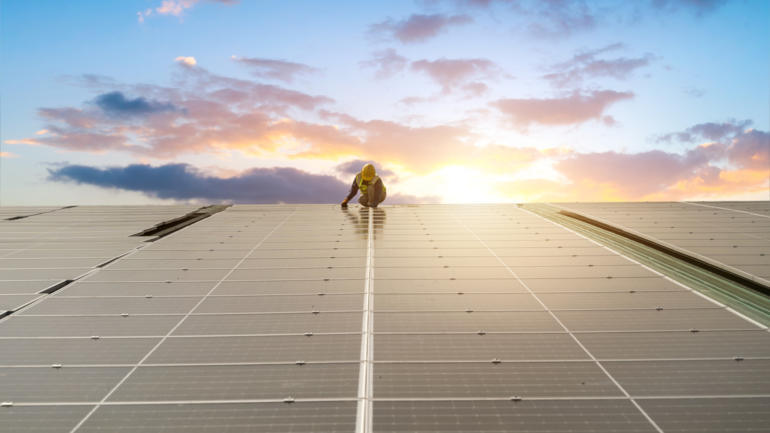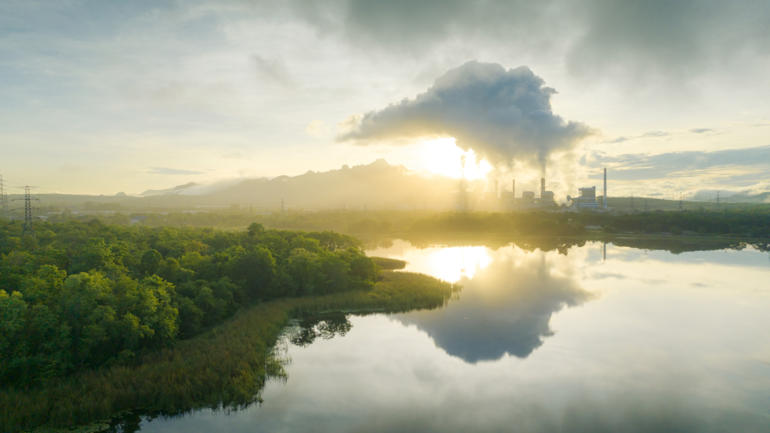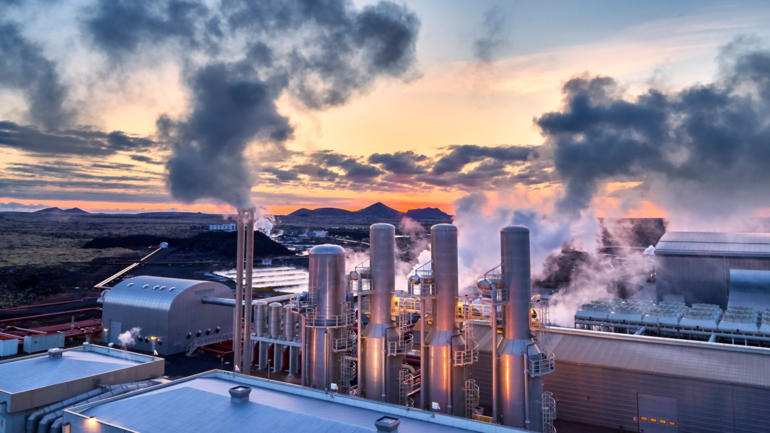Vale will invest at least USD $2 billion to reduce its direct and indirect absolute emissions (scopes 1 and 2) by 33% by 2030. Direct emissions come from its operations, and indirect emissions come from external sources involved in the production process, such as electric power consumption. The goal complies with the Paris Agreement, which established a maximum limit for increasing the global average temperature of 2°C by 2100.
The investment amount, already planned in Vale's Capex guidance for the coming years, is the largest ever committed by the mining industry to combat climate change. With this initiative, Vale aims to transform itself into a company with zero net emissions in scopes 1 and 2 by 2050, leading the industry towards carbon-neutral mining. The investment was unveiled last Tuesday (May 12) by Vale's CEO, Eduardo Bartolomeo, during the annual meeting with analysts from the Bank of America Merrill Lynch, which was carried out virtually due to the pandemic of the new coronavirus.
This initiative is an advance on the corporate climate agenda. In December at Vale Day – a meeting with market analysts held in New York and London – Vale announced its goal to reduce its emissions and established an internal carbon pricing of US$50 per metric ton of CO2, equivalent for capital projects and competitors. “This agenda is a result of a listening process, aligned with a real climate change-related demand from society for a robust reduction emissions in the scope 1 and 2,” comments Bartolomeo. “We are stepping forward to develop a New Pact with Society with more transparency and responsibility.”
Initiatives and next steps
Vale has established the Low Carbon Forum – a group led by the CEO and composed of six executive directors and employees from different areas of the company – whose purpose is to guide the implementation of the commitments assumed. The initiative reflects the engagement of Vale's Top Management on the issue as well as the constant advances on the climate agenda. According to Luiz Eduardo Osorio, the executive director for Institutional Relations, Communication and Sustainability, 35 initiatives are under analysis using the Marginal Abatement Cost Curve – a tool that allows the ordering of projects by costs and potential for reducing emissions.
“There are projects for the use of biodiesel in the area of Base Metals, energy efficiency, electrification of mines and railroads, biofuels in pelletizing instead of coal, and renewable energy because one of Vale's goals is to achieve 100% of self-production of electric power from clean sources, such as wind and solar, in its plants around the world,” explains Osorio.
By the end of the second half of this year, some pilot projects will be in operation. Vitória-Minas railroad (EFVM) will have the first 100% electric locomotive. Electric vehicles will be tested in underground operation at Creighton, Coleman and Copper Cliff’s mines in Canada and in the Vale's pelletizing in Vitória (Espírito Santo) will be tested with biofuel.
The base year used to calculate the carbon goal was 2017, when Vale’s emissions reached 14.1 million metric tons of CO2 equivalent (MtCO2e). The goal is to reduce it to 9.5 MtCO2e by 2030. Furthermore, the projects to disassociate its production from carbon emissions, Vale will recover and protect another 500 thousand hectares of native forest by 2030. Today, the company helps to protect more than 1 million hectares worldwide.
Scope 3
In addition to its ambition to neutralize its scopes 1 and 2 carbon emissions by 2050, Vale aims to establish a goal for scope 3 to encourage clients and suppliers in the same direction. Through active engagement with clients from the steel and metallurgy industries, Vale will work to reduce emissions in its value chain. The company will guide its operations based on win-win relationships, less intensive products, and new technologies.
More information available here.








